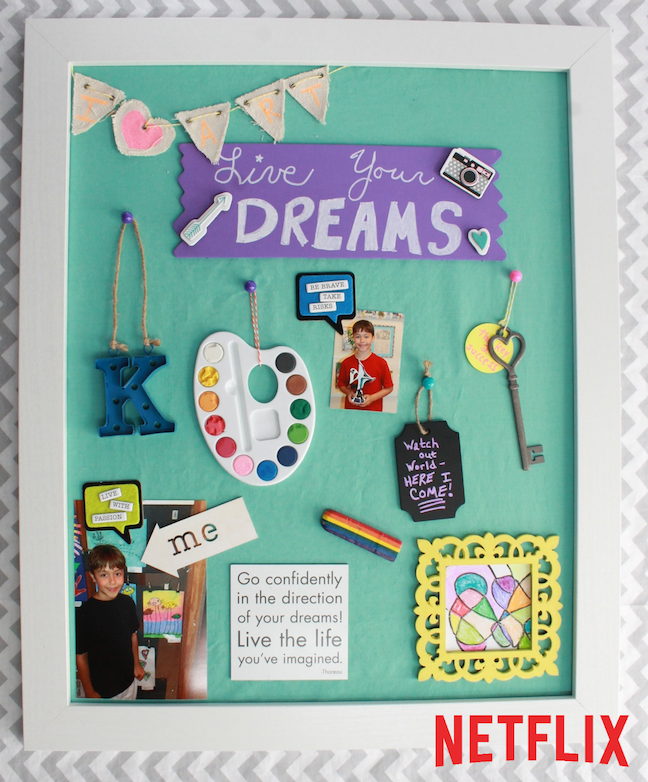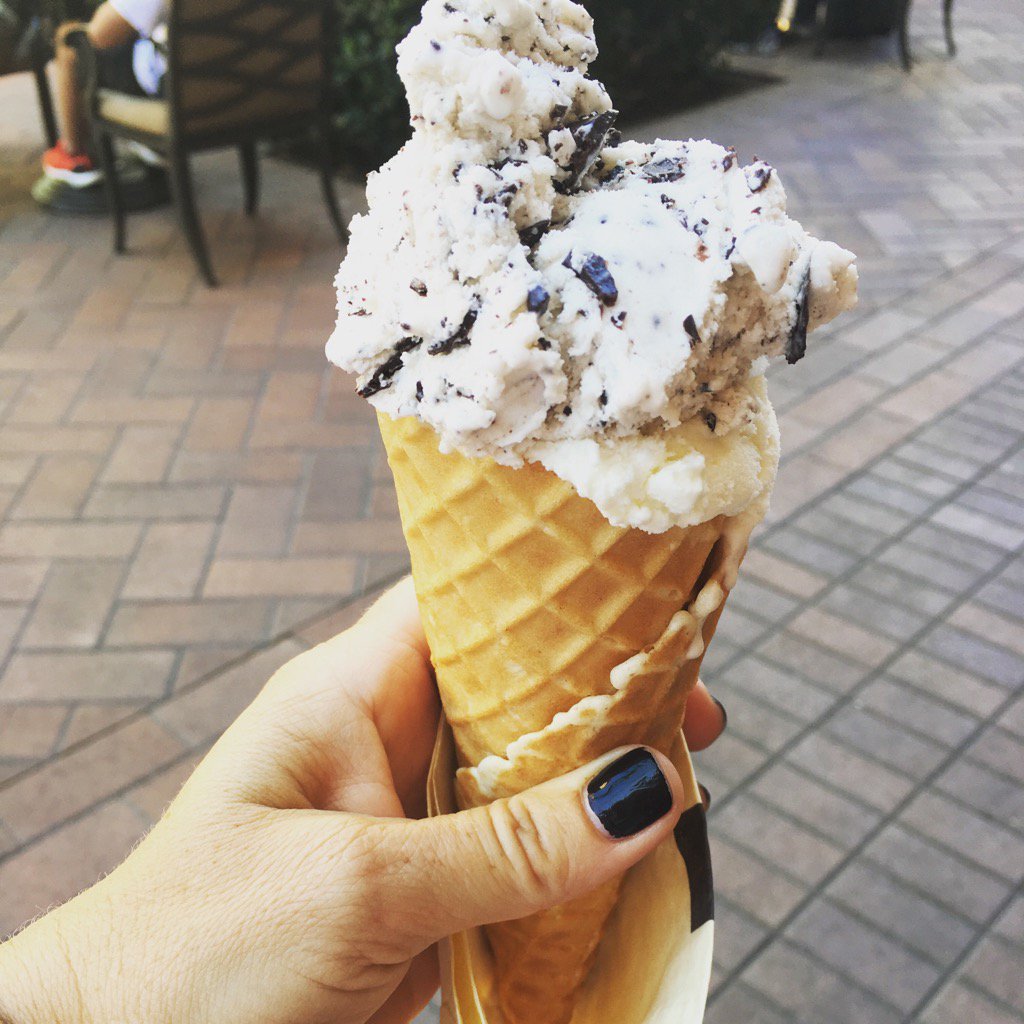
Medieval Times: A Knight To Remember
The moment you enter a Medieval Times castle you are transported to the 11th century and a time of knights and nobility, surrounded by grand décor and regal characters. I was invited to attend an event at Medieval Times in Buena Park, California to get a behind-the-scenes look at what goes into making Medieval Times the #1 dinner attraction in North America. Hours before the show, the castle was bustling with people preparing for the evening event.
We toured the main areas of the castle first where we received an up-close look at the knights and horses practicing their routines in the arena before the show. The team trains daily for several hours, dialing in their routines, mastering techniques, and maneuvering medieval weapons.
Knights and Weapons
Head Knight, Jesse Camarena, was kind enough to take the time to explain what goes on in the arena before and during the show. Much like the feudal system in the Middle Ages, there is also a hierarchy in the realm of Medieval Times knights. New knights act as squires clearing the arena, helping their designated knights prepare for battle, and fetching weapons. As they master techniques in the arena, they move up in status. Moving up in rank takes months of preparation and practice as perfection in performing routines is critical to the safety and authenticity of the show.
The weapons are in fact real, fully functioning weapons that are quite intimidating. And the sword fights and jousts are also real. In the arena, you’ll see the knights using a variety of medieval weapons like swords, lances, poleaxes, battle-axes, flails, and glaives. The Medieval Times crew believes in creating a truly authentic experience so fake weapons and sound effects won’t be found here. Practice is the most important element in the arena to keep injuries to a minimum. That, and good old fashioned armor. The knights wear plate armor, chain mail, and protective belts to defend against injury.
While the squires are helpful to the knights, their real trusty partners are their horses. You’ll see quarter horses and Andalusian Stallions starring in the Medieval Times shows, with the quarter horses performing during the battles and the Andalusians performing during the procession and dressage portions of the show. Like the knights, the horses train daily, running through their routines and honing their skills in the arena. The knights work regularly with the horses, and most develop strong bonds to one another.
Horses and Falcons
The head trainer, Redha Gharsa, was kind and informative during our visit to the castle stables. We learned so much about the horses from our time with him. The general diet of the horses consists of alfalfa but the needs of each individual horse may be met by a special modified diet. The horses are groomed daily complete with baths, brushing, and in many cases, hair stying. There is a dedicated staff on site daily to tend to the horses, as well as people to care for the stables to keep their living quarters clean. Redha works regularly with each of the horses (though he does have a favorite) to ensure that they are on par with their performances, both in dressage and battle, and it can take a full three years for horses to learn the choreography of the show. Rheda trains new additions to the team and helps struggling horses find their rhythm.
Years ago, Medieval Times purchased their Andalusians, but today they are the owners of the largest purebred Andalusian Ranch in North America. The Chapel Creek Ranch in Sanger, Texas breeds and grooms all of the Medieval Times Andalusians for the castle. The intention is to someday have only Andalusians (also known as PREs – Pura Raza Espanolas or Pure Spanish Horses) starring in the show. Andalusians were used during the Middle Ages as the preferred warhorse because of their agility, speed, and strong hind legs. They were also ideal entertainers as they took naturally to the dances and form required in dressage.
You’ll also see an impressive performance by the Royal Falconer. A man with his mighty bird of prey wows the arena as the bird soars over the heads of the guests. The Falconer displays a popular sport from the Middle Ages as falcons were commonly used to hunt small game. Falconry symbolized status, as mostly nobles with money, time, and space had access to this practice. An intriguing show it is and you’ll want to point in amazement, but you are specifically instructed to keep your hands down since the falcon responds to hand gestures. We sat on ours just to be safe.
Medieval Memories
During the main event, we cheered for the red knight, the Baron Ruiz de Roig, who also happened to be Head Knight Jesse Camarena. While his main goal that night was much like the others – to compete to defend the honor of the Princess, he displayed a much appreciated act of chivalry by throwing the rose to my 3-year old daughter, and giving her the Queen of the Tournament ribbon.
A huge thank you to Medieval Times for providing us with such a memorable night of entertainment and education. There really is so much that goes in to the preparation of the Medieval Times Dinner & Tournament and the Buena Park team does an amazing job.
Want to learn more about Medieval Times or the Middle Ages?
Medieval Times offers an educational matinee to school groups. Homeschool groups and other public attendees are also accepted and no minimum group size is required. The 90-minute show and lunch includes a modified performance that emphasizes historical topics such as knighthood, feudalism, horsemanship, geography, weaponry, combat, and much more. For information or to make reservations visit https://educators.medievaltimes.com/.
UPDATE: The Medieval Times is offering our lovely dandelion moms a chance to win a Family 4 Pack valued at $240! Good Luck!
A Medieval Study Guide
Topics of Interest: Medieval Times, Middle Ages
Subcategories Related to Main Interest: Castles, Knights, Feudalism
Book List: Medieval World, Castles, Castles (Level 1), The Knight at Dawn by Mary Pope Osborne, Knights and Castles: A Nonfiction Companion to The Knight at Dawn by Mary Pope Osborne and Will Osborne, The Making of A Knight by Patrick O’Brien, A Medieval Castle by Fiona MacDonald and Mark Bergin, The Knight’s Handbook by Christopher Gravett, Castles and Knights by Fleur Star.
English Activities: Vocabulary List – Honor, valor, chivalry, knight, king, queen, royal, ancient, medieval, joust, brave, noble, rival.
Math Activities: Algebra was developed during the middle ages. Brush up on skills or introduce basic algebraic concepts.
Science Activities:
Study of medieval technology and science may include any of these medieval inventions: Counterweight trebuchet, the longbow, steel crossbow, horseshoes, Artesian well, wheelbarrow, hourglass, mechanical clocks, spectacles, vertical windmills, spinning wheels, oil paint, and mirrors.
Social Studies Activities:
People of the Castle: Lord, Lady, Reeve, Clerk, Priest, Marshal, Archer, Knight, Juggler, Jesters, Musicians, Steward, Taster, Pantler, Butler, Ewerer, Chief cook, Carver, Cupbearer, Mat Weavers, Falconer, Spinner, Groom, Sweeper.
Make a diagram of the medieval Feudal System.
The Church and Religion: Explore the role of the church in the Middle Ages. Many castles were built with chapels inside and they paid priests to be on site.
Medieval Meals: Explore what meals were like. What foods did they eat? How were meals served? Common Medieval meals included lots of meat and vegetables but potatoes were not introduced yet.
Geography: Research medieval castles and identify their locations on a world map.
Art Activities:
Artists of the Middle Ages – Donatello, Filippo Brunelleschi, Lorenzo Ghiberti, Giotto
Paint an oil painting (oil paint was invented during the middle ages).
Make a drawing using linear perspective (an art introduced by Brunelleschi).
Design your own coat of arms or family crest. For a lesson plan on this activity visit https://www.storyboardtoys.com/gallery/coat-of-arms-lesson-plan.htm
Games: Chess, checkers, playing cards, archery, golf, cricket
A Little Bit of Everything: Knights & Castles: 50 Hands-On Activities to Experience the Middle Ages by Avery Hart and Paul Mantell – In this book you’ll find lots of activities like making an hourglass, writing a code of honor, learning to play chess, baking rose petal bread, and building a catapult. The possibilities are endless!
And make sure to check out their Spring Break Specials! Details below:
Medieval Times Offers a Spring Break Special for Children
Buy One Adult Ticket, Get One Child Ticket Free
Get one of the best deals of the season when you visit Medieval Times Dinner & Tournament this Spring Break. Buy one adult ticket and get one child ticket free March 1 though April 30, 2015.
Purchase one full-paid adult admission* and receive one free child admission. This offer is valid on all Sunday through Wednesday shows. Must mention or enter discount code KFWEB15 at time of purchase. This offer is valid through April 30, 2015.
“This is one of our most popular offers,” said Pedro Goite, general manager at Medieval Times, Buena Park. “With this deal, Spring Break is the perfect time for the entire family to enjoy North America’s top dinner attraction.”
Call 1-888-WE-JOUST (935-6878) or visit www.MedievalTimes.com for information and reservations.
0










11 Comments
Wani
I would LOVE to take my son to Medieval Times!! Hope we win!
Wani
We have never been, but my son has studied the medieval time period in school and I know he would love attending a show!
Devon F
Yes & it’s so much fun! I like that we get to eat with our hands & the food is so yummy!
FC
I have never been there, and have been wanting to go!
elizabeth m
yes
Pingback:
Terra
Love that place. I hope to take my 3 and 4 year olds there soon.
Katherine
I have never been to Medieval times but I really want to go. I think my family would have a great time.
Shaza
No I didnt visit it before
a
sounds fun!
Pingback: